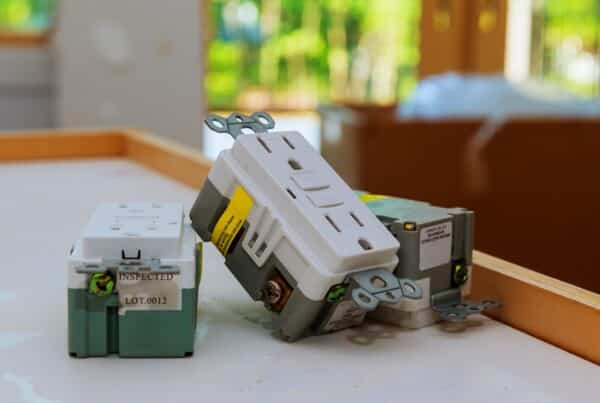
Smoke detectors and carbon monoxide detectors are both essential devices that most homeowners are probably familiar with. While both play vital roles in keeping your family safe, they detect distinct threats and require separate maintenance. This post explores the details of both detectors and their functions to determine whether your smoke detectors will also detect carbon monoxide.
When we wrap up, you’ll know how these devices work and what steps you can take to keep safe from both smoke and carbon monoxide. Let’s start with the basics!
What is Carbon Monoxide?
Carbon monoxide (CO) is an odorless, colorless, and tasteless gas that can be deadly when inhaled in large quantities.
It comes from burning fuels such as gas, oil, wood, and propane. This happens commonly in devices like furnaces, fireplaces, and gas stoves – when these malfunction or there’s insufficient ventilation, carbon monoxide can build up. Exposure to CO can cause serious health issues, including headaches, dizziness, nausea, and even death.

How Do Smoke Detectors Work?
Smoke detectors are designed to alert you when they sense smoke particles in the air. There are two main types of smoke detectors:
- Ionization detectors use a small amount of radioactive material to create an electric current that’s disrupted when smoke enters the chamber, triggering the alarm.
- Photoelectric detectors use a light source and a light-sensitive sensor; when smoke scatters the light, it triggers the alarm. It’s crucial to have working smoke detectors in every room and on every level of your home.
There should be working smoke detectors in each room! While they are essential for alerting you to fires, they are not designed to sense the presence of this odorless, colorless gas. Consequently, it’s important to know that smoke detectors do not detect carbon monoxide.
How Do Carbon Monoxide Detectors Work?
Carbon monoxide detectors are specifically designed to alert you when they detect dangerous levels of CO in your home. There are three main types of CO detectors:
- Electrochemical detectors use a chemical reaction to detect CO.
- Biomimetic detectors use a gel that changes color when exposed to CO.
- Metal oxide semiconductor detectors use a sensor that reacts to CO by reducing electrical resistance.
Install carbon monoxide detectors on every level of your home – especially near sleeping areas and attached garages. Keep them at least 15 feet away from fuel-burning appliances to prevent false alarms.

Other Recommended Maintenance
Keeping your smoke and carbon monoxide detectors in top shape is crucial for ensuring they’ll work when you need them most. Here are some essential maintenance tasks to add to your home safety routine:
- Test your detectors monthly by pressing the test button. This ensures that the alarms are working correctly and that you and your family are familiar with the sound.
- Replace the batteries annually or whenever the low-battery warning sounds. Many detectors chirp or display a low-battery icon when it’s time for new batteries.
- Clean your detectors regularly to remove dust and debris that could interfere with their performance. Gently vacuum around the detectors or wipe them with a soft, dry cloth.
- Replace smoke detectors every 10 years and carbon monoxide detectors every 5-7 years. Even if they appear to be working correctly, the sensors can degrade over time, reducing their effectiveness.
When to Call a Professional
Maintaining your smoke and carbon monoxide detectors is relatively simple, but there are times when it’s best to get help from an expert.
- If you suspect your detector is malfunctioning, even after replacing the batteries or cleaning it, call a professional to assess the situation and replace the device if needed.
- If your detectors are past their recommended replacement age, contact a professional to install new units. They can ensure proper placement and installation, giving you peace of mind.
- If you experience symptoms of carbon monoxide poisoning, such as headaches, dizziness, or nausea, evacuate your home immediately and call 911. A professional can identify the source of the leak and resolve the issue.
- When installing detectors during renovations or in a new home, hire a professional to ensure compliance with local building codes and optimal protection for your family.
Conclusion
In summary, it’s important to understand that smoke detectors play a separate role from carbon monoxide detectors in keeping your home safe.
To protect your health and home, remember to replace batteries annually, clean detectors often, and call a professional if needed. If you have carbon monoxide and smoke detector concerns or need a complete home inspection, reach out to All Coast Home Inspections in Houston, TX, and surrounding areas today.



